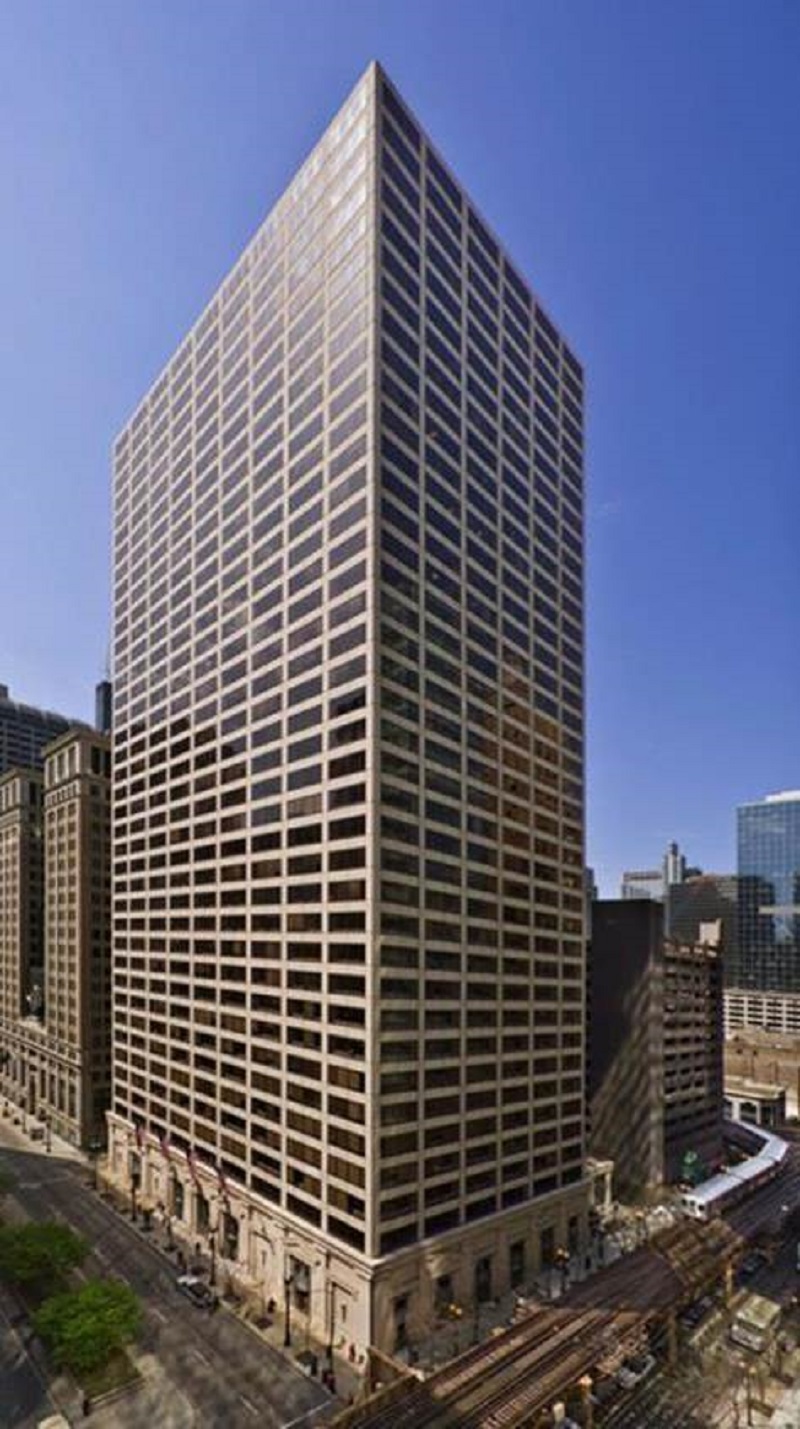Downtown Chicago Office Building Commands $198M
The office market is starting off strong in 2016 with Ivanhoe Cambridge and Callahan Capital Properties' big purchase of a 796,000-square-foot Class A office building in Chicago's Central Loop.
By Keith Loria, Contributing Editor
 The office market is off to a strong start in 2016 with another large transaction. Ivanhoé Cambridge has partnered with Callahan Capital Properties on the acquisition of 180 North LaSalle St., a 769,000-square-foot Class A office building in downtown Chicago, for $198 million.
The office market is off to a strong start in 2016 with another large transaction. Ivanhoé Cambridge has partnered with Callahan Capital Properties on the acquisition of 180 North LaSalle St., a 769,000-square-foot Class A office building in downtown Chicago, for $198 million.
“Chicago is a key city in our strategy to grow our U.S. office platform with Callahan Capital Properties and 180 North LaSalle is an important addition to our portfolio,” said Arthur Lloyd, Ivanhoé Cambridge’s executive vice president, office, North America.
Located in the heart of Chicago’s Central Loop submarket at the corner of LaSalle and Lake Street, the 38-story building was originally constructed in 1971 and renovated in 2015.
“We are delighted with the addition of 180 North LaSalle to our downtown Chicago office portfolio. It complements our other nearby buildings at 10 & 120 S Riverside Plaza and 515 N State St., held in partnership with Beacon Capital Partners,” said Tim Callahan, Callahan Capital Properties’ CEO. “With significant public improvements, downtown Chicago continues to thrive and attract new residents and businesses. This is a positive driver for tenants to choose quality buildings in the CBD.”
The 180 North LaSalle St. building benefits from its proximity to abundant retail, dining and cultural amenities as well as River North and the Chicago Riverwalk, a newly constructed pedestrian path alongside the Chicago River. The property also sits directly across from the downtown “El” hub where all six train lines feed into the station.
According to Colliers’ latest Chicago Office Market Report, with Downtown Chicago’s investment sales market on pace for a record year when numbers come in for 2015, and financing terms for non-stabilized assets widely available, investors are no longer avoiding buildings with vacancies. Instead, investors view these assets as opportunistic due to their repurposing potential.







You must be logged in to post a comment.